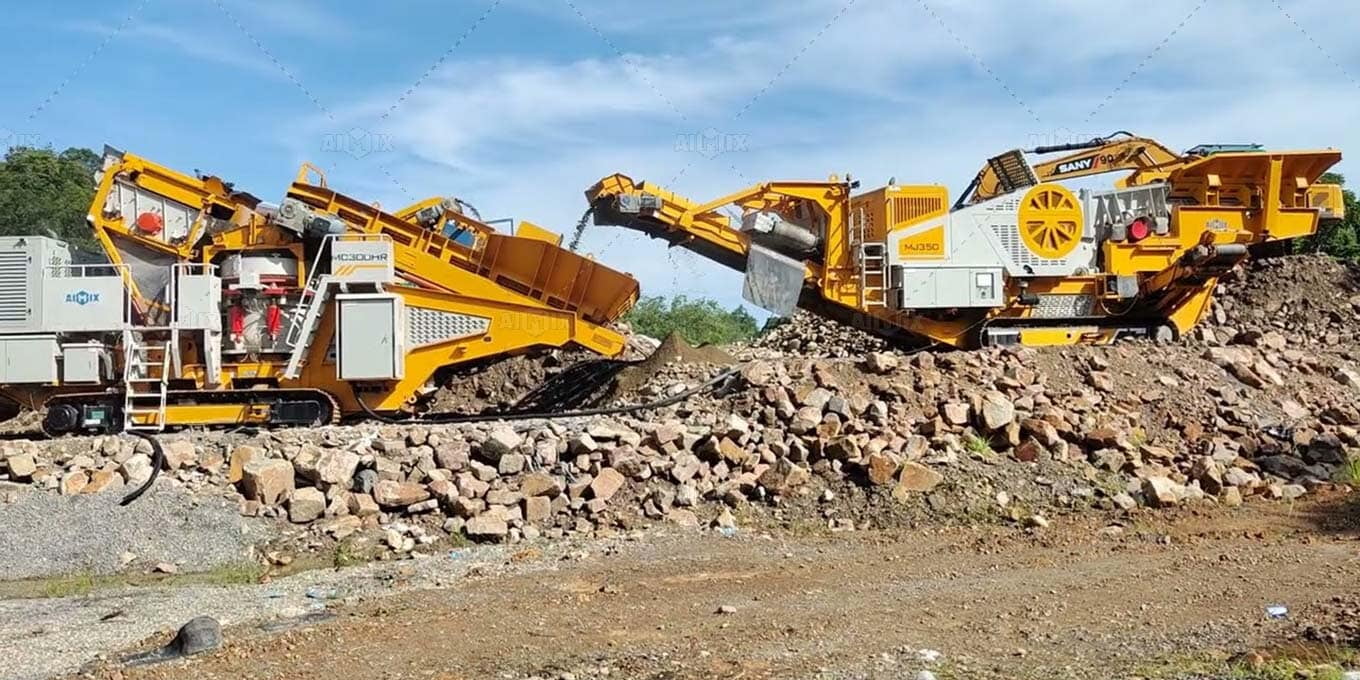Stone crusher plants are integral components of construction and mining industries, and understanding the factors that influence their price variability is crucial for stakeholders. Let's explore the key factors and strategies for navigating price variability in the global market.
I. Introduction
Importance of Understanding Price Variability
Understanding the factors that contribute to the variability in the crushing plant price is essential for stakeholders, including manufacturers, suppliers, and buyers. Price fluctuations can impact profitability, market competitiveness, and investment decisions, making it imperative to analyze and comprehend the underlying drivers of price variability.

II. Key Factors Influencing Price Variability
A. Demand and Market Dynamics
The demand for stone crusher plants is influenced by various market dynamics, including economic growth, infrastructure development, and construction activities. Fluctuations in demand due to changes in market conditions, consumer preferences, and geopolitical factors can lead to price variability in the global market for stone crusher plants.
B. Technological Advancements and Innovation
Technological advancements and innovation play a significant role in shaping the prices of stone crusher plants. The adoption of advanced equipment, automation technologies, and sustainable practices can impact production costs, efficiency, and overall competitiveness, influencing price variability in the market.
C. Regulatory Environment and Policy Changes
Changes in the regulatory environment and government policies can also contribute to price variability in the stone crusher plant market. Regulations related to environmental standards, safety requirements, and emissions control measures can impact production costs and compliance expenses, affecting the pricing strategies of manufacturers and suppliers. Choose AIMIX crusher plant manufacturer: https://aimixcrusherplant.com/.

III. Strategies for Navigating Price Variability
A. Market Analysis and Forecasting
Conducting thorough market analysis and forecasting can help stakeholders anticipate and respond to price variability in the stone crusher plant market. By analyzing demand trends, competitor strategies, and macroeconomic indicators, stakeholders can make informed decisions regarding pricing, production planning, and resource allocation.
B. Adaptation and Innovation
Adaptation and innovation are essential strategies for navigating price variability in the stone crusher plant market. Manufacturers and suppliers can invest in research and development to develop cost-effective technologies, optimize production processes, and differentiate their products, thereby enhancing competitiveness and resilience in the face of price fluctuations.
C. Collaboration and Partnerships
Collaboration and partnerships within the industry can also mitigate the impact of price variability on stakeholders. By fostering relationships with suppliers, distributors, and customers, stakeholders can share resources, knowledge, and market insights, enabling them to collectively address challenges and capitalize on opportunities in the dynamic stone crusher plant market.
In conclusion, understanding the factors that influence the stone crusher plant price in the global market is essential for stakeholders seeking to navigate challenges and capitalize on opportunities. By analyzing demand dynamics, embracing technological advancements, and implementing strategic initiatives, stakeholders can effectively manage price variability and drive sustainable growth and profitability in the industry.
